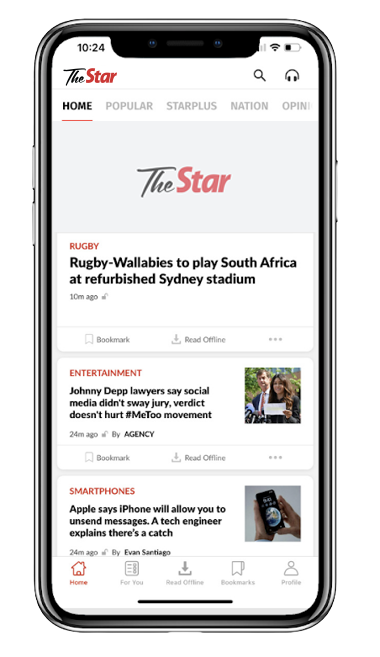Nike's distinctive Volkswagen camper van known as the Running Wagon. The company's logo is one of the most recognisable in the world.
Nike’s journey to becoming one of the world’s largest makers of athletic footwear and apparel was greatly helped by its instantly recognisable “Swoosh” logo.
The logo represents the wing of the Greek goddess of victory, which the company is named after.
Already a subscriber? Log in.
Limited time offer:
Just RM5 per month.

Cancel anytime. No ads. Auto-renewal. Unlimited access to the web and app. Personalised features. Members rewards.
Follow us on our official WhatsApp channel for breaking news alerts and key updates!





